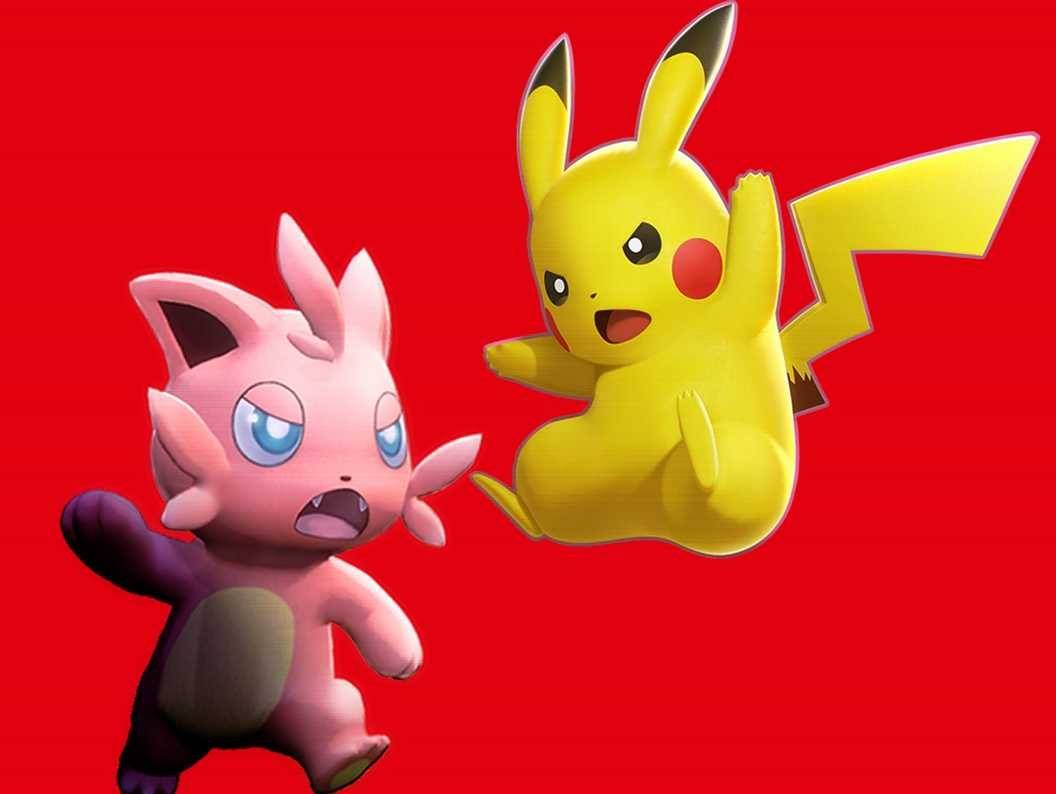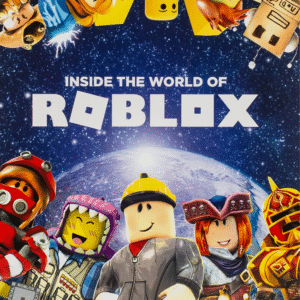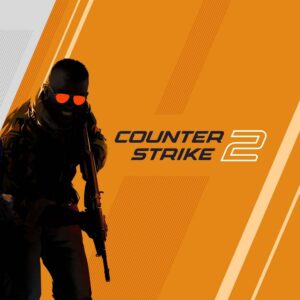Patent Panic: How Nintendo’s ‘Summon and Battle’ Patent Has the Game Industry on Edge
Popular Now
 EA SPORT FC 25
EA SPORT FC 25
 Poppy Playtime
Poppy Playtime
 Sonic the Hedgehog™ Classic
Sonic the Hedgehog™ Classic
 Free Fire Max
Free Fire Max
 Counter-Strike 2
Counter-Strike 2
 Auto X Drift Racing 3
Auto X Drift Racing 3
 Call of Duty
Call of Duty
 Toca Boca World
Toca Boca World
 Among Us
Among Us
 PUBG Mobile
PUBG Mobile

In the quiet world of intellectual property, a seismic event has just occurred, and its aftershocks are already being felt across the video game industry. Last week, the United States Patent and Trademark Office granted a new patent to Nintendo and The Pokémon Company that, on paper, gives them ownership over a fundamental gameplay mechanic: summoning a character and having it fight another. While this seems to describe the core loop of every Pokémon game, the broad language of the patent has sent a wave of fear and outrage through game developers and legal experts, who are calling it a dangerous precedent that could stifle innovation for years to come.
The patent, U.S. Patent No. 12,403,397, was granted on September 2, 2025, and it covers a system where a player character can move in a virtual space, summon a “sub character,” and then either command that sub character to fight an enemy or have an automatic battle ensue. While many believe the patent is a direct response to the legal battle surrounding the game Palworld, which uses a similar creature-collecting and battling system, the patent’s wording is so broad that it could theoretically apply to hundreds of games. Legal experts have pointed out that the patent was granted “without any objection” and with a startling lack of scrutiny, leading many to question the U.S. patent system’s ability to handle video game mechanics. This is a crucial point for developers, as the very existence of such a patent, even if it is not used in court, can be enough to deter smaller studios from creating new games for fear of a costly and unwinnable lawsuit.
The Problem with Patenting Mechanics
For decades, the video game industry has operated under the unwritten rule that gameplay mechanics cannot be patented. This has allowed for genres to evolve and for developers to build upon each other’s ideas, leading to the incredible diversity of games we have today. This new Pokémon patent threatens to upend that unwritten rule. Here’s why the gaming community is so concerned:
- The “Throw to Summon” Loop: While the patent’s language is broad, some legal analysts argue that it is specifically focused on the “throw-to-summon” mechanic seen in games like Pokémon Legends: Arceus and Pokémon Scarlet and Violet. This is a critical distinction, as it would mean that games that summon characters in a different way—such as through a magical circle, a spell, or an in-game menu—would not be infringing on the patent. However, the legal definition of “throwing” and “summoning” can be debated in court, and for smaller studios, the cost of fighting that debate is simply not an option.
- The “Passive Deterrent” Strategy: Many experts believe that Nintendo has no intention of actively suing every game that uses a summoning mechanic. Instead, the patent is likely a “passive deterrent.” The mere existence of the patent is enough to discourage developers and investors from creating games that could be seen as a direct competitor to the Pokémon brand. This is a common and effective legal strategy used by large corporations to stifle competition without ever having to step foot in a courtroom.
- A Blow to Indie Developers: The biggest losers in this patent war are independent game developers. While larger companies like Square Enix or Atlus, with their own creature-summoning franchises like Persona and Final Fantasy, are likely safe, a small indie team with a new idea could be hit with a costly cease-and-desist letter. This creates a chilling effect on the entire industry, making developers less likely to take risks and experiment with new mechanics for fear of a lawsuit they can’t afford to fight.
The controversy surrounding this patent is a stark reminder of the fragile balance between protecting intellectual property and fostering creative freedom. While Nintendo has a right to defend its brand, the patenting of a core gameplay loop sets a dangerous precedent for the future of the industry. It’s a move that could lead to a “patent arms race,” where every major publisher rushes to patent every conceivable gameplay mechanic, turning a creative field into a litigious battlefield. While the true impact of this patent remains to be seen, the message is clear: the rules of the game have just been rewritten, and every developer is now on notice.










